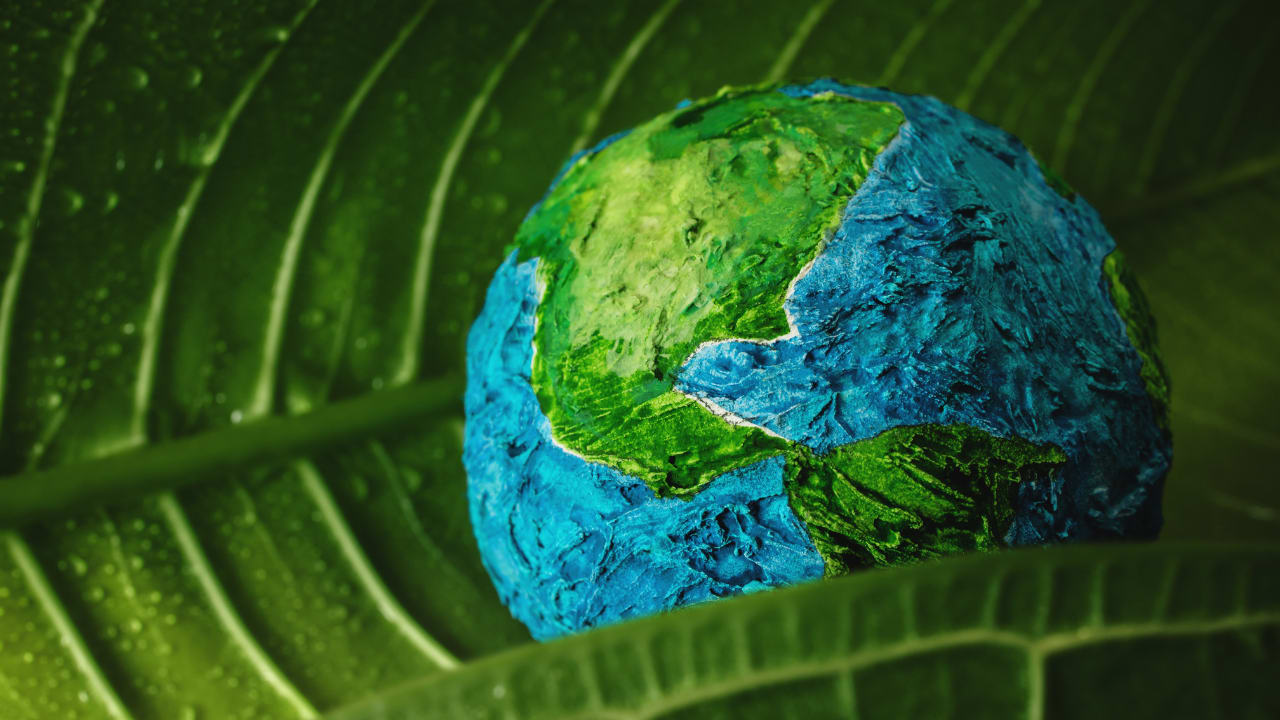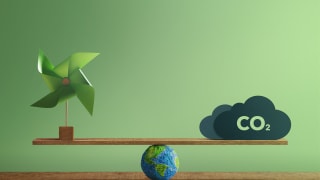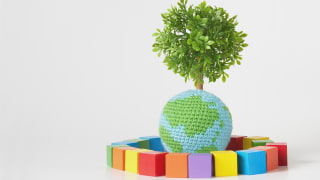How sustainability is defining soft power perceptions
by Robert Haigh, Strategy & Sustainability Director, Brand Finance
The first commonly accepted definition of sustainability comes from the report ‘Our Common Future’, otherwise known as the Brundtland report from way back in 1987. It succinctly defines sustainability as: “Meeting the needs of the present without compromising the ability of future generations to meet their own needs.”
It's great to see that you're enjoying our content.
You've already read one article this month. Please sign in or create an account to continue reading - it's completely free and will only take a minute!
Thank you for using City Nation Place!
To access please sign in








